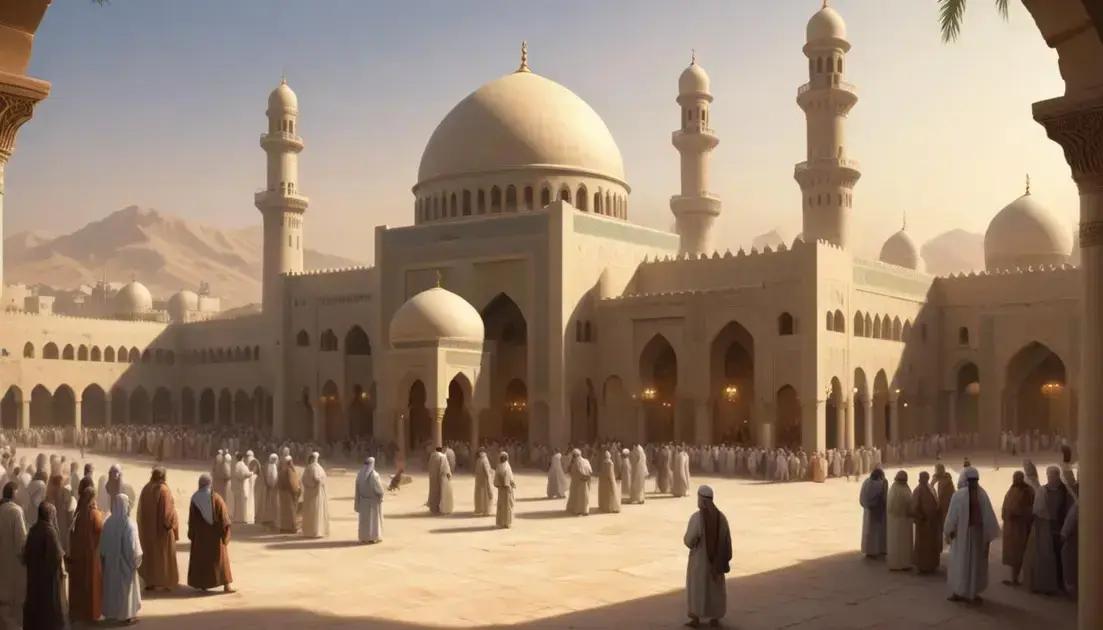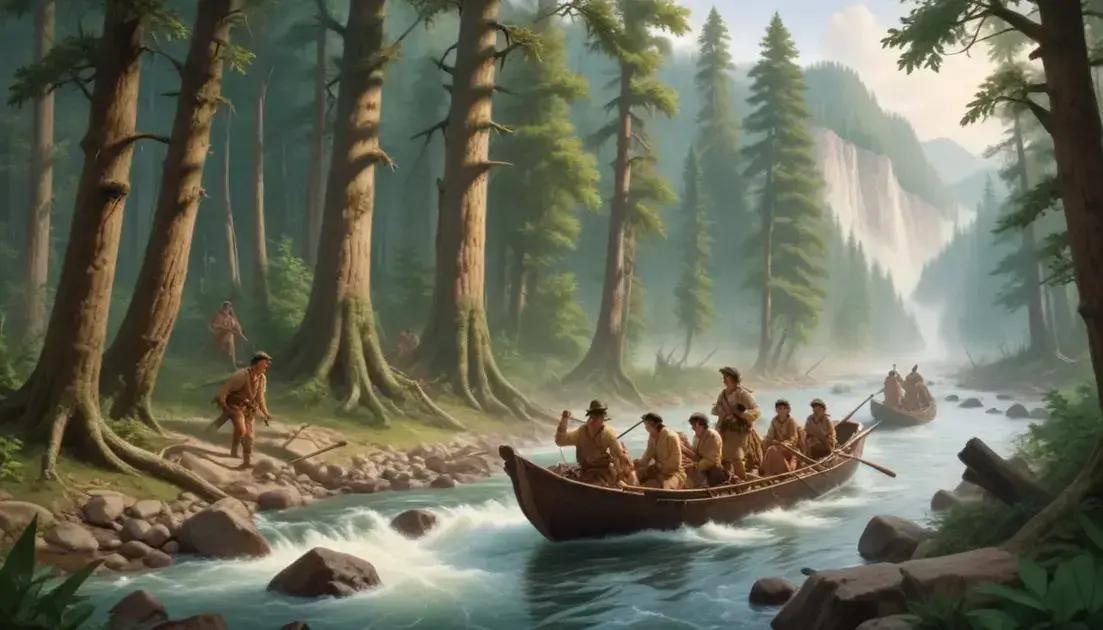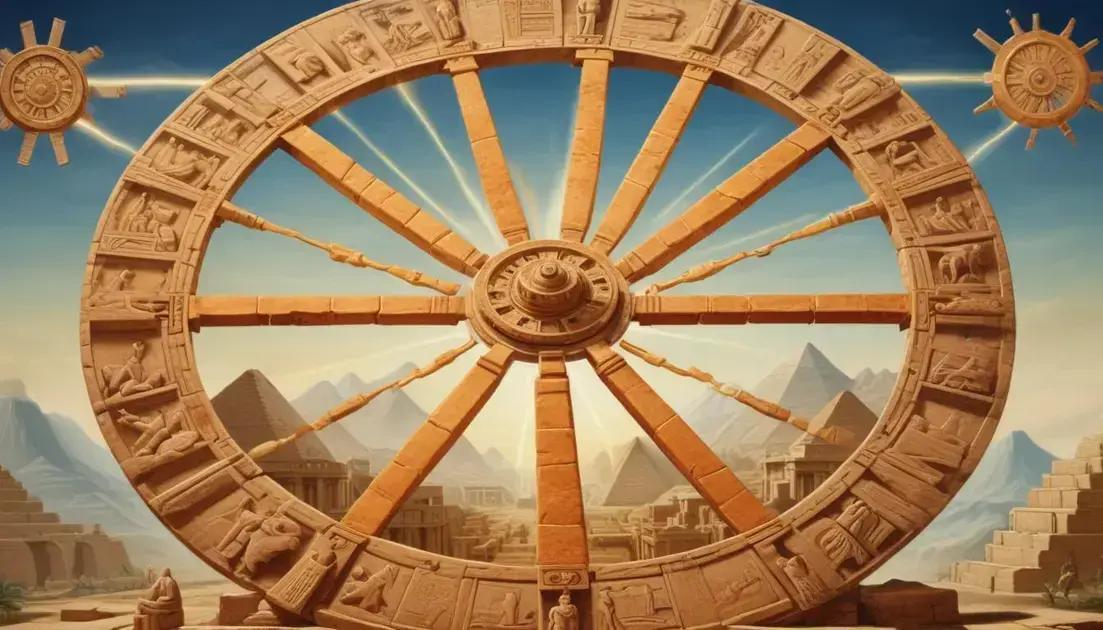
The Emergence of Islam: Muhammad and the New Faith
The legacy of Islamic culture is significant and diverse, influencing art, science, literature, and social values across the globe. Key contributions include stunning architecture, advancements in mathematics and medicine, and a rich literary tradition exemplified by works like the Arabian Nights. The culture emphasizes community, hospitality, and education, promoting social bonds that endure through generations. Understanding this legacy fosters respect among various cultures and highlights the importance of diversity in our world.
Islam arose in the 7th century, shaped by the teachings of Muhammad, whose impact on religion reshaped the world. Join us as we explore this pivotal moment!
Historical Context of Islam
The historical context of Islam is essential for understanding its rise. In the 6th century, the Arabian Peninsula was home to diverse tribes. These tribes often followed their own customs and beliefs. Trade routes connected cities like Mecca and Medina, making them thriving centers.
People traveled for business and spirituality. Mecca was special as it housed the Kaaba, a sacred site for many polytheistic tribes. Pilgrims visited to worship their gods. However, society was facing challenges, including inequality and conflict.
During this time, Muhammad was born in Mecca around 570 CE. He grew up witnessing the struggles of his community. Many people were looking for answers. They felt lost and sought a unifying belief.
Islam began in this environment. Muhammad started preaching about monotheism, the belief in one God. His message attracted followers but also faced resistance. Leaders of the tribes disliked the change. They saw Muhammad as a threat to their power and traditions.
Despite the challenges, Islam grew. It offered hope and community to the marginalized. The teachings provided guidelines for living and justice. Over time, followers spread the message beyond the Arabian Peninsula, leading to significant growth.
Understanding this historical backdrop helps illustrate why Islam became such a major world religion. The conditions set the stage for many changes and the faith’s rapid expansion.
The Life of Muhammad
The life of Muhammad is a fascinating story of faith and leadership. He was born in Mecca around 570 CE. His early life was challenging. Muhammad lost his parents at a young age and was raised by his grandfather and uncle.
As he grew up, Muhammad worked as a merchant. He was known for his honesty and integrity. People respected him and called him “Al-Amin,” meaning “the trustworthy.” His life took a turn when he married Khadijah, a successful widow. She believed in him and supported his work.
At age 40, Muhammad began receiving revelations. He spent time in solitude, reflecting on life and spirituality. One day, he received a message from the Angel Gabriel. This marked the start of his role as a prophet.
His teachings focused on monotheism and social justice. He called people to worship one God and to treat others fairly. This message resonated with many but angered some powerful leaders in Mecca.
Facing persecution, Muhammad and his followers migrated to Medina in 622 CE. This journey is known as the Hijra and is a key event in Islamic history. In Medina, he built a thriving community based on Islamic principles.
Over the years, Muhammad united many tribes under Islam. He became not just a spiritual leader but also a statesman. His influence grew, and by the time of his death in 632 CE, Islam had spread widely across Arabia.
The life of Muhammad teaches us about resilience, compassion, and the pursuit of justice. His legacy continues to inspire millions today.
The Core Beliefs of Islam
The core beliefs of Islam are simple but powerful. These beliefs guide the lives of millions around the world. At the heart of Islam is the belief in one God, called Allah. This is known as monotheism. Muslims believe that Allah is the only god, and He is all-powerful and merciful.
Another key belief is in the prophets. Muslims believe that Allah sent many prophets to guide humanity. These prophets include figures like Noah, Abraham, Moses, and Jesus. However, Muhammad is seen as the last prophet, known as the “Seal of the Prophets.” His teachings complete the messages that came before.
Muslims follow a holy book called the Quran. The Quran is believed to be the word of Allah, revealed to Muhammad over 23 years. It provides guidance on how to live a good life, covering topics like ethics and morality.
In addition to the Quran, the Sunnah is also important. The Sunnah includes the actions and sayings of Muhammad. It helps Muslims understand how to apply Islamic teachings in daily life.
Another core belief is the Five Pillars of Islam. These pillars are essential acts of worship and practice. They include:
- Shahada: The declaration of faith, stating that there is no god but Allah, and Muhammad is His messenger.
- Salah: The five daily prayers performed facing Mecca.
- Zakat: Giving to charity to support those in need.
- Sawm: Fasting during the month of Ramadan as a way to purify the soul.
- Hajj: The pilgrimage to Mecca, which every Muslim must undertake at least once in their lifetime if able.
These beliefs and practices shape a Muslim’s identity and community life. They create a sense of belonging and purpose. The core beliefs of Islam are a foundation for peace and connection among its followers.
The Expansion of Islam
The expansion of Islam is a remarkable story of growth and influence. After Muhammad’s death in 632 CE, his followers spread his teachings far and wide. They were driven by a strong sense of faith and purpose. In just a few decades, Islam grew from a small community in Arabia to a major world religion.
One key factor in this expansion was the ongoing conquests. Muslim armies rapidly captured vast territories. They moved into the surrounding regions like the Levant, Persia, and North Africa. The Caliphs, leaders after Muhammad, supported these military campaigns. They believed in spreading the message of Islam.
Trade also played a vital role. Muslim merchants traveled across continents, connecting different cultures. They established trade routes throughout Asia, Africa, and Europe. These interactions allowed ideas and beliefs to flow. Many traders converted to Islam and shared their new faith.
Islam reached Spain by the early 8th century. This marked the start of a golden age for Islamic culture in Europe. Scholars preserved ancient texts and made advances in science, medicine, and philosophy. Cities like Cordoba became centers of learning and civilization.
As Islam spread, it encountered diverse cultures. It adapted and merged with local beliefs. In Indonesia, for example, traders helped shape the unique form of Islam practiced there today. This adaptability contributed to its resilience and appeal.
The establishment of the Umayyad and Abbasid Caliphates helped solidify this expansion. These empires governed vast Islamic territories and promoted unity among Muslims. They facilitated the sharing of knowledge, art, and traditions across the lands.
The expansion of Islam continued over the centuries, shaping societies and cultures around the world. Today, it remains one of the largest religions globally, with millions of followers embracing its message and principles.
Legacy of Islamic Culture
The legacy of Islamic culture is rich and varied. It has influenced many aspects of life around the world. One major area of influence is art and architecture. Islamic art emphasizes beautiful patterns and vibrant colors. Famous structures like the Alhambra and the Taj Mahal showcase this artistic style.
Science and mathematics are also part of this legacy. Scholars from the Islamic Golden Age made significant advancements. They preserved ancient texts and contributed to fields like astronomy, medicine, and algebra. Figures like Al-Khwarizmi laid the groundwork for modern mathematics.
Literature is another important aspect. Islamic culture produced great works of poetry and storytelling. The tales of the Arabian Nights are well-known examples. These stories reflect the rich oral tradition of the time.
Islamic philosophy influenced thinkers around the world. Scholars like Avicenna and Al-Farabi explored questions about existence, ethics, and knowledge. Their ideas shaped Western thought during the Renaissance.
Additionally, Islamic culture emphasizes knowledge and education. Many universities were founded during the Islamic Golden Age. Institutions like Al-Qarawiyyin and Al-Azhar became centers for learning and innovation.
The values of hospitality and community are deeply rooted in Islamic culture. Family ties and respect for elders are highly cherished. Festivals like Eid bring communities together, strengthening these bonds.
The legacy of Islamic culture continues to be felt today. It enriches the global landscape with diversity and creativity. This legacy is a testament to the enduring influence of Islam on art, science, and human thought.
Conclusion
In conclusion, the legacy of Islamic culture is vast and impactful. From stunning art and architecture to groundbreaking advances in science and mathematics, its influence shapes our world today. The rich literature and philosophy developed during this time continue to inspire people everywhere. Furthermore, the values of community and hospitality promote strong social bonds that last through generations.
By appreciating this legacy, we learn about the importance of diversity in our global society. Understanding Islamic culture helps foster respect and dialogue among different beliefs and traditions. This shared history enriches our collective human experience and encourages unity.


